Expert’s Note: This dry aging guide builds upon our Meat Science Encyclopedia. Dry aging isn’t just a process—it’s a transformation. The question isn’t whether you can dry age at home, but whether you’re ready for the commitment that turns good steak into legendary steak.
Dry Aging at Home: Worth the Wait? The Complete Guide to DIY Steak Perfection
“Dry aging is meat’s version of alchemy—transforming the ordinary into the extraordinary through patience and controlled decay. It’s the culinary equivalent of watching a caterpillar become a butterfly, except you get to eat the butterfly and it tastes like everything you’ve ever wanted steak to be.”
Dry Aging at Home: Worth the Wait? The Complete Guide to DIY Steak Perfection
Download our Dry Aging Setup Guide - Equipment checklist and temperature logs
The promise of dry aging is seductive: steaks with concentrated flavor, butter-like tenderness, and that elusive umami depth that makes restaurant meals unforgettable. But is attempting this ancient preservation technique at home a path to steak nirvana or a recipe for expensive disappointment? This comprehensive guide separates the science from the hype to help you decide if home dry aging is your next culinary adventure or a project best left to professionals.
🔬 THE SCIENCE OF DRY AGING: WHAT ACTUALLY HAPPENS
Understanding the transformation at the cellular level reveals why dry aging works—and when it doesn’t.
⚙️ The Three Transformations
The Magic of Controlled Decay
- Moisture Evaporation: 15-30% water loss concentrates flavor dramatically. This isn’t dehydration—it’s flavor intensification that makes every bite more “beefy.”
- Enzyme Action: Natural enzymes break down connective tissue and muscle fibers. Think of them as microscopic tenderizers working 24/7.
- Fat Oxidation: The marbling transforms, developing nutty, almost cheeselike complexity. This is where the “umami bomb” effect comes from.
- Microbial Development: Beneficial molds and yeasts create the signature crust and contribute to flavor development—this is the risky part that requires control.
🎯 Dry Aging Reality Check
❌ Common Misconceptions
- “It’s just letting meat rot”
- “Any refrigerator will work”
- “All cuts age equally well”
- “Longer always means better”
- “The crust is moldy and dangerous”
✅ The Reality
- Controlled enzymatic breakdown
- Specialized environment required
- Only well-marbled cuts succeed
- Sweet spot varies by cut
- Protective crust is safe when proper
💰 THE COLD HARD MATH: IS IT FINANCIALLY WORTH IT?
Let’s break down the real costs versus buying professionally dry-aged steak.
📊 The Financial Analysis
🎯 Cost Comparison: DIY vs. Buying Dry Aged
| Expense Category | Home Dry Aging | Buying Dry Aged | Break-Even Point |
|---|---|---|---|
| Equipment Startup | $200-600 (fridge + controls) | $0 | 20-40 lbs of steak |
| Raw Meat Cost | Prime ribeye: $18-22/lb | Dry aged: $35-50/lb | Immediate savings per lb |
| Yield Loss | 25-40% (crust removal) | 0% (already trimmed) | Major cost factor |
| Electricity & Time | $5-10/month + monitoring | $0 | Minor but ongoing |
| Risk Factor | You bear 100% of loss | Store bears risk | Potential total loss |
Financial Verdict: Home dry aging becomes cost-effective if you’ll consume 20+ pounds of dry-aged steak annually and already have basement/garage space for a dedicated fridge. For occasional dry-aged steak cravings, buying professionally aged cuts is more economical.
🏠 THE HOME DRY AGING SETUP: WHAT YOU REALLY NEED
The difference between success and failure lies in environmental control.
🔧 Essential Equipment Breakdown
The Non-Negotiable Foundation
- Dedicated Refrigerator: Not your kitchen fridge! You need a separate unit to prevent cross-contamination and maintain stable temps. Mini-fridge or beverage cooler works.
- Temperature Control: 34-38°F consistently. Use an external thermometer with alerts. Fluctuations ruin the process.
- Humidity Control: 75-85% relative humidity. Too dry = jerky; too humid = spoilage. Use a humidifier/dehumidifier or salt solutions.
- Air Circulation: Gentle, consistent airflow prevents mold hotspots. Computer fans work perfectly for small setups.
- UV Light (Optional but Recommended): Kills surface bacteria without affecting meat. Significantly reduces spoilage risk.
⏱️ THE TIMELINE: WHAT TO EXPECT AT EACH STAGE
Dry aging transforms flavor and texture in distinct phases.
📅 The Aging Progression
Dry Aging Transformation Timeline
14-21 Days
“Beginner Sweet Spot”
Noticeable tenderness improvement, mild flavor concentration. Perfect for first attempt. 15% yield loss.
28-35 Days
“Flavor Development”
Distinct nutty notes emerge, significant tenderness. Restaurant quality. 25% yield loss.
45-60 Days
“Advanced Territory”
Bold, funky, blue-cheese notes. Not for everyone. Major commitment. 35%+ yield loss.
🥩 THE CUT SELECTION: WHICH MEATS AGE BEST
Not all cuts are created equal for dry aging success.
📋 The Dry Aging Candidate Matrix
🎯 Best Cuts for Home Dry Aging
| Cut | Ideal Aging Time | Success Rate | Notes |
|---|---|---|---|
| Ribeye Roast | 28-45 days | 9/10 | High fat content, forgiving, spectacular results |
| Strip Loin | 21-35 days | 8/10 | Consistent texture, good marbling |
| Porterhouse/T-Bone | 21-30 days | 7/10 | Two textures in one cut, interesting results |
| Top Sirloin | 14-28 days | 6/10 | Budget option, less marbling |
| Brisket | Not Recommended | 2/10 | Too lean, wrong muscle structure |
🚨 DRY AGING TROUBLESHOOTING: RED FLAGS & SOLUTIONS
🎯 Problem-Solving Guide
| Problem | Signs | Cause | Solution |
|---|---|---|---|
| Bad Mold | Black, green, or slimy spots | Contamination, high humidity | Trim affected areas, improve sanitation |
| Too Dry | Hard, leathery crust | Low humidity, too much airflow | Add water pan, reduce fan speed |
| Off Odors | Sour, ammonia, rotten smell | Bacterial growth, poor air flow | Discard meat, deep clean setup |
| Uneven Aging | Spotty crust development | Poor air circulation | Reposition meat, adjust fans |
| Minimal Flavor Change | Tastes like fresh steak | Too short time, low quality meat | Extend time, use Prime grade |
🎯 THE VERDICT: WHO SHOULD DRY AGE AT HOME?
Dry aging isn’t for everyone, but it’s perfect for some.
✅ The Ideal Home Dry Ager Profile
You’re a Great Candidate If:
- You eat steak 2+ times per month and appreciate nuanced flavors
- You have space for a dedicated fridge (garage, basement, spare room)
- You’re detail-oriented and don’t mind monitoring equipment
- You can afford the risk of a $150+ piece of meat potentially failing
- You find the science and process as rewarding as the eating
❌ Probably Not For You If:
Consider Buying Instead If:
- You want dry-aged steak only occasionally for special occasions
- Kitchen space is limited and a second fridge isn’t possible
- The idea of “controlled decay” makes you nervous
- You prefer consistent, guaranteed results over experimental cooking
- The startup cost seems daunting for occasional use
🏁 THE BOTTOM LINE: PATIENCE REWARDS THE BOLD
Dry aging at home sits at the intersection of science, art, and patience. It’s not the most efficient way to get great steak, but it might be the most rewarding. The transformation you witness—and more importantly, taste—is something no restaurant meal can replicate, because you guided that transformation yourself.
The question “Is it worth it?” ultimately depends on what you value. If you value convenience, consistency, and predictability, buy professionally dry-aged steak. If you value the journey, the learning, and the unparalleled satisfaction of serving steak you transformed with your own hands and patience, then home dry aging might be your next great culinary adventure.
Your mission: Start small. If you’re curious, try a 21-day ribeye roast with a makeshift setup (dedicated fridge + thermometer + small fan). The investment is manageable, the timeline is reasonable, and the results will tell you everything you need to know about whether this journey is for you.
The wait is long, but the reward is steak transformed. Is it worth it? Only your palate can decide.
Continue Your Meat Science Education: Deepen your understanding with these essential guides:

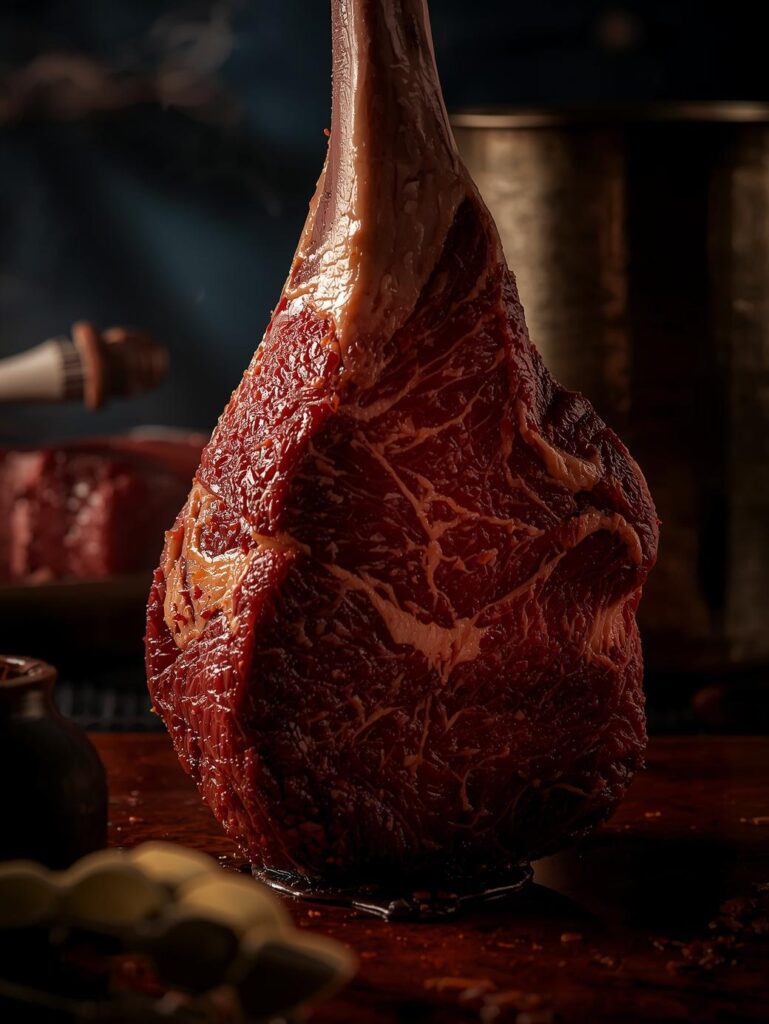

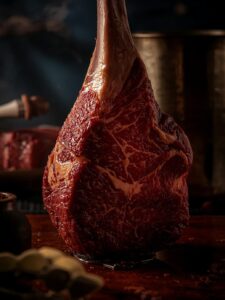
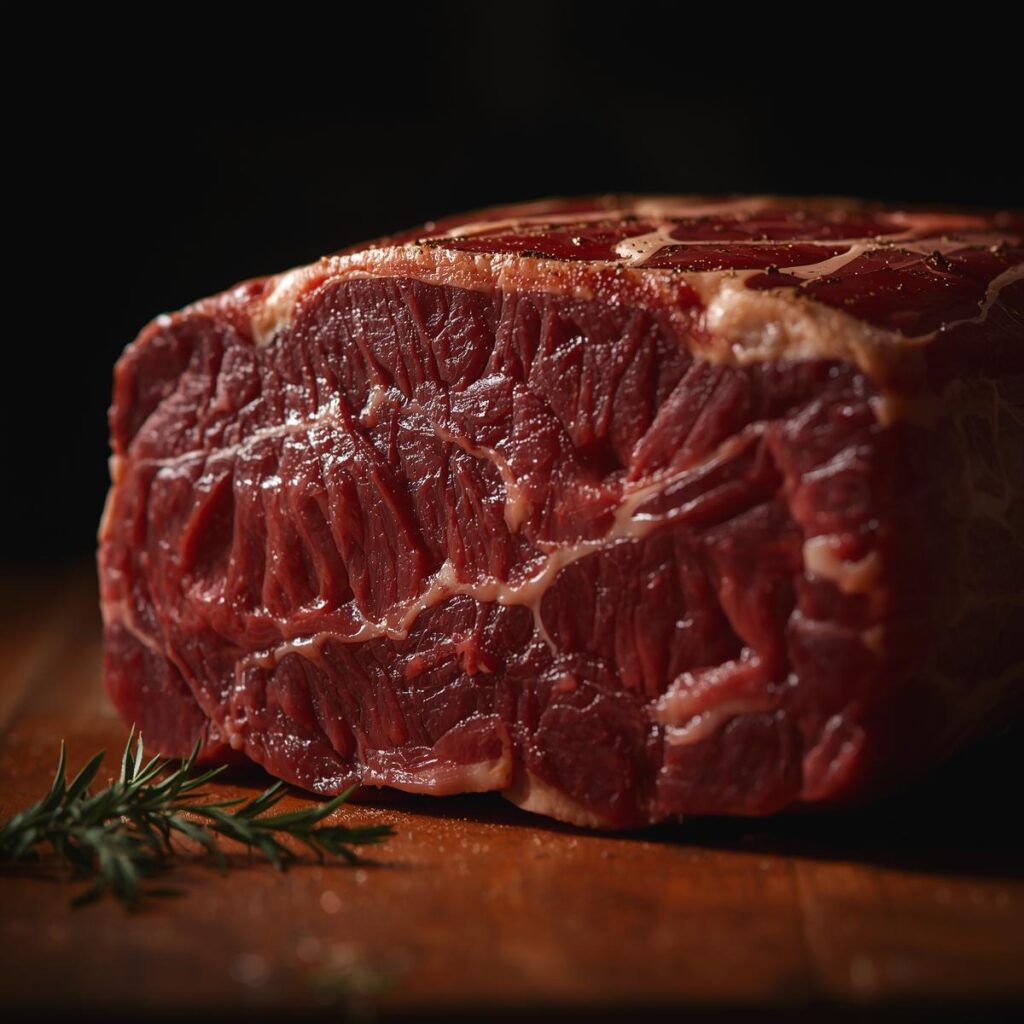
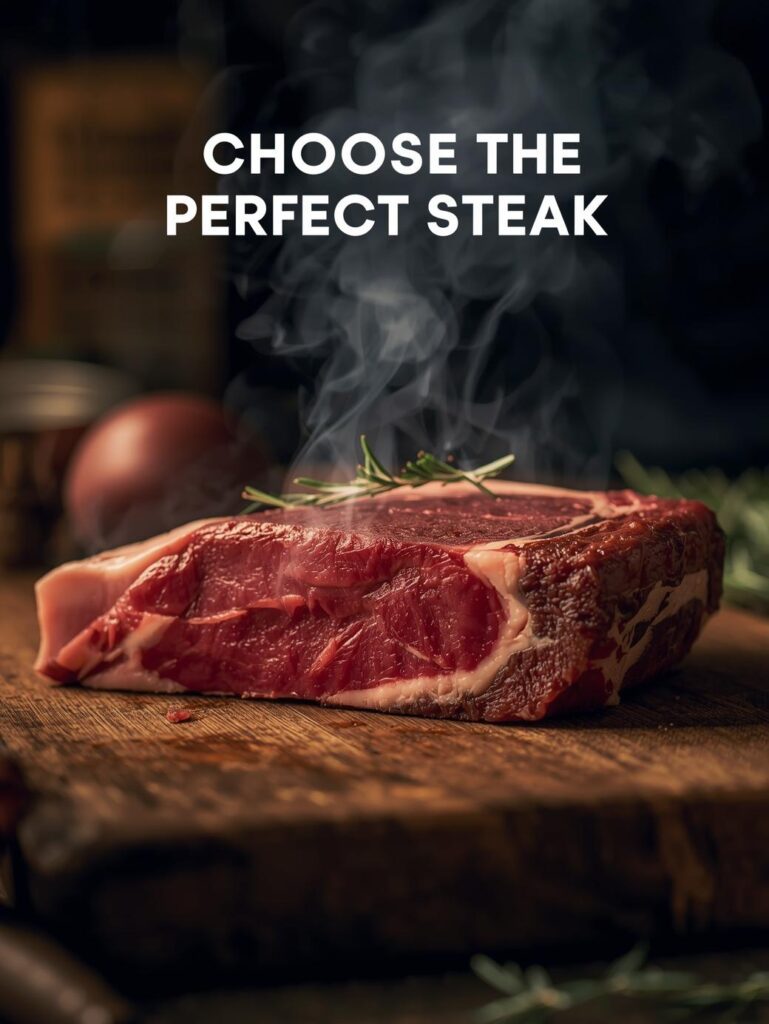
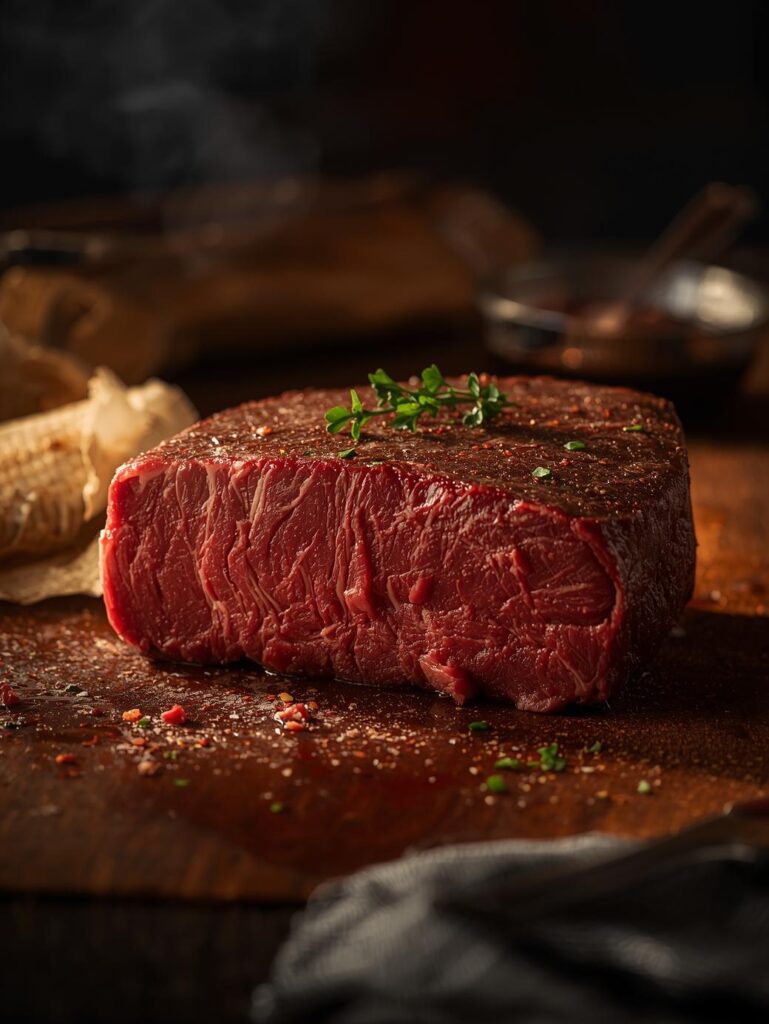
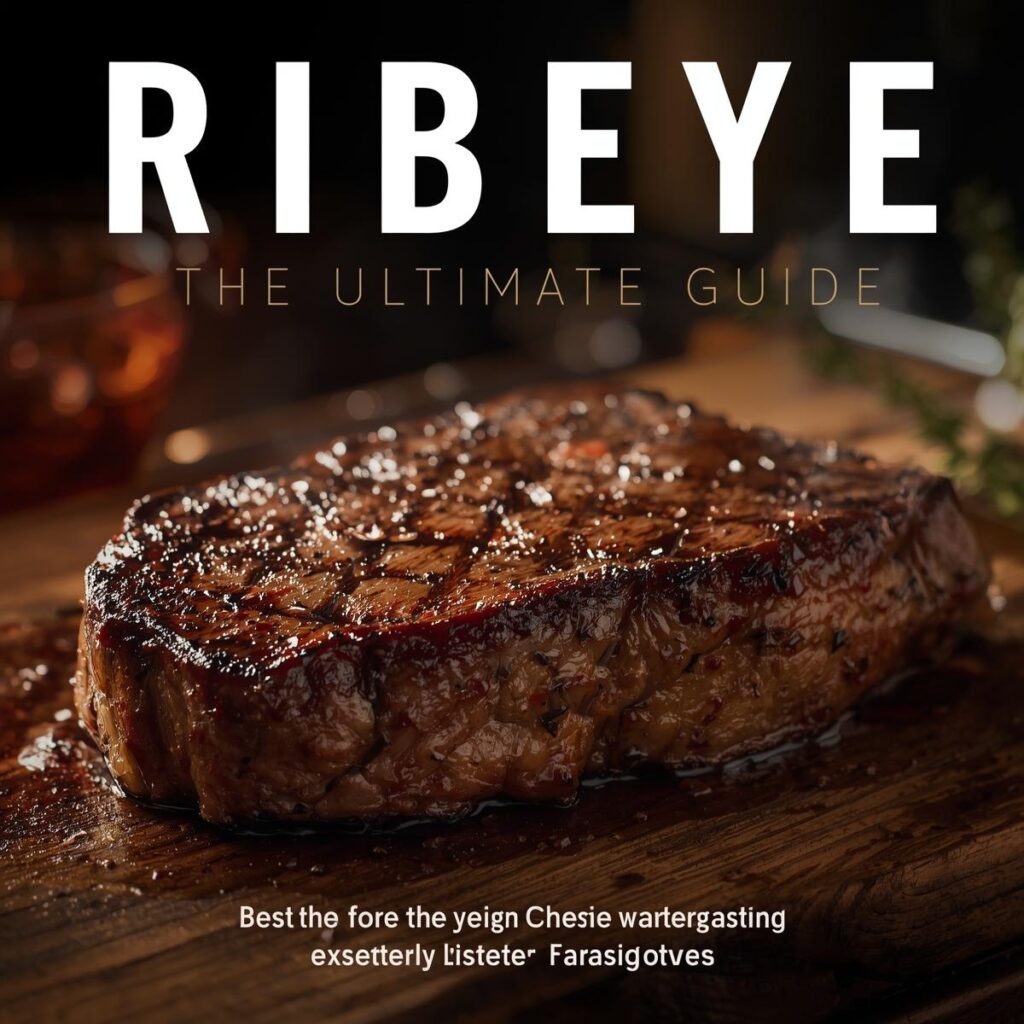
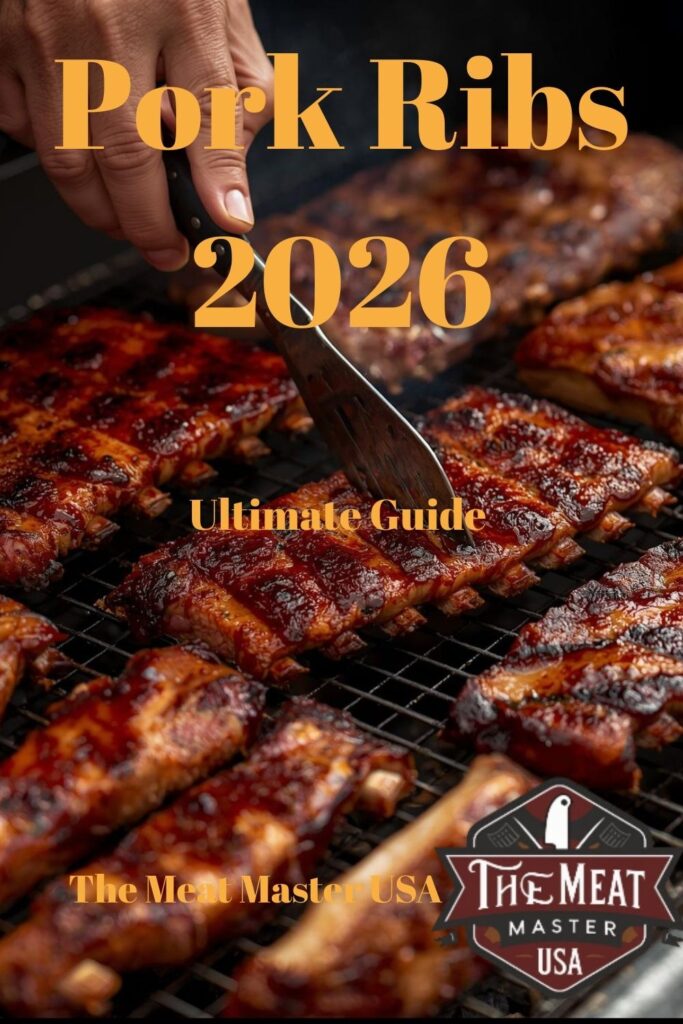
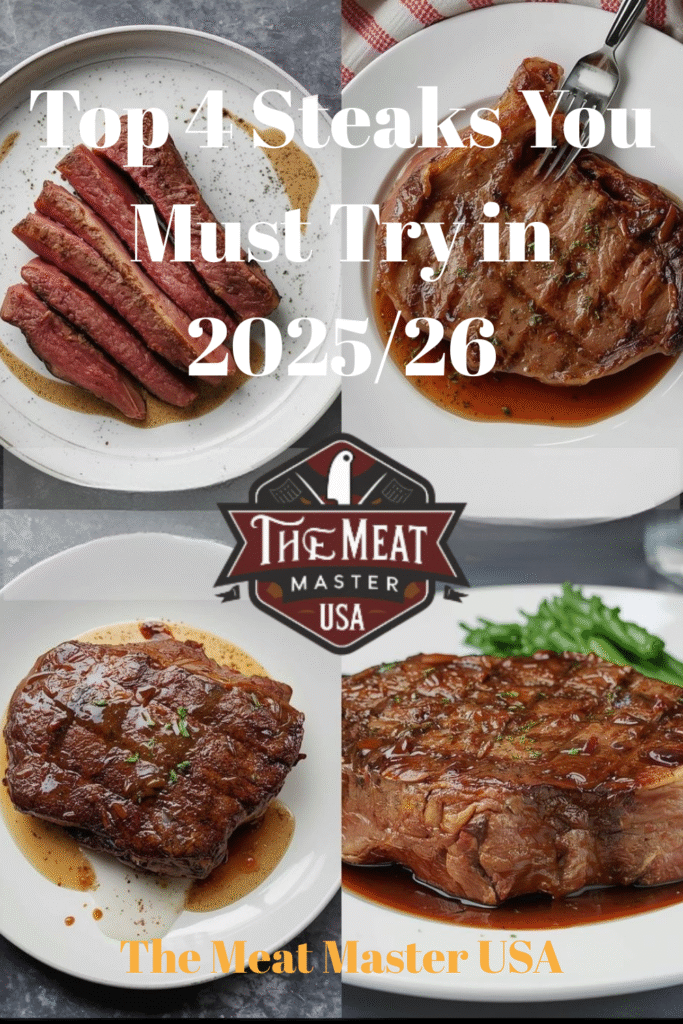
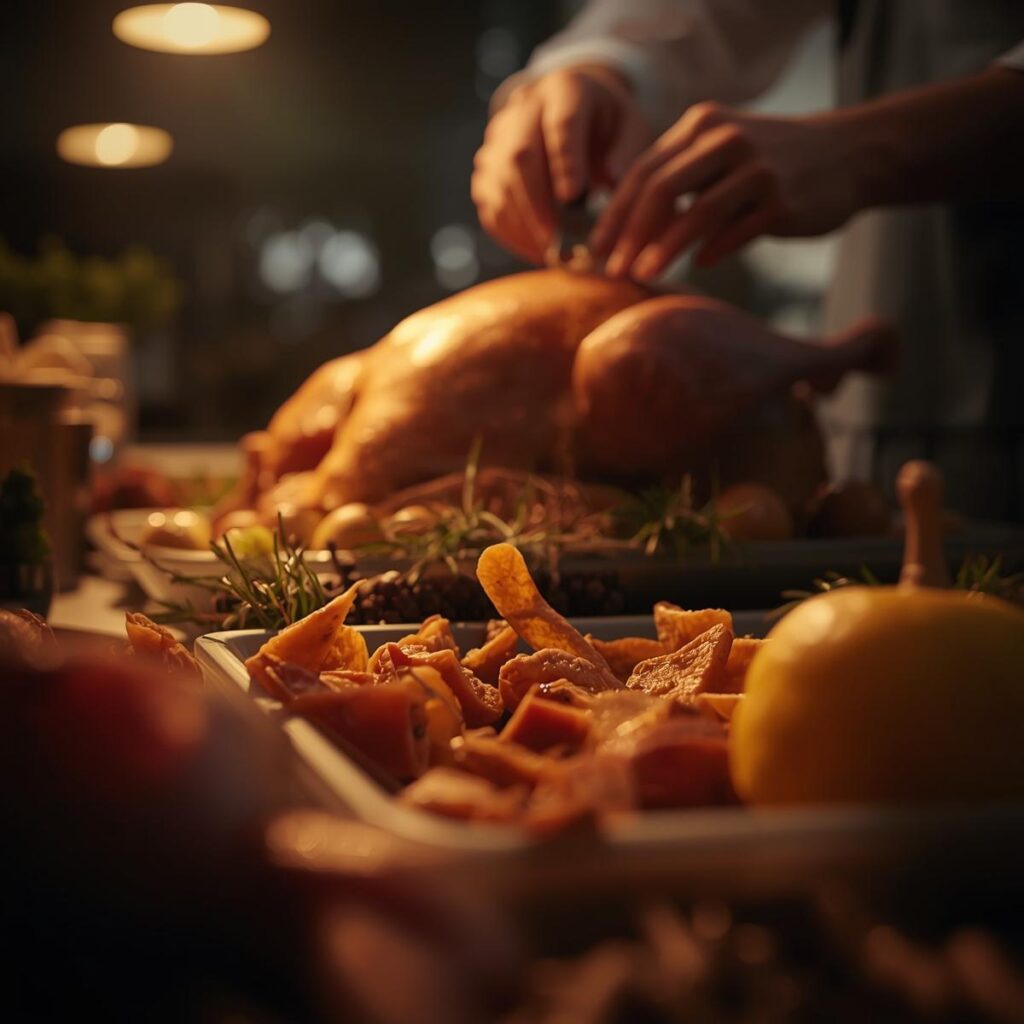
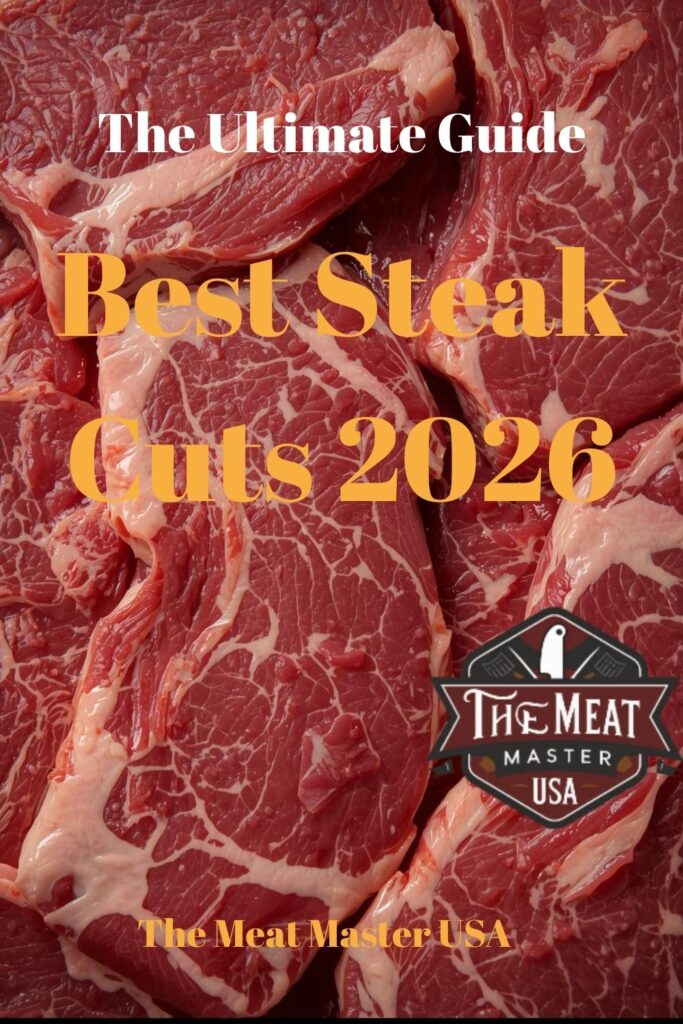
Pingback: Advanced Dry Aging: 60-Day Dry Aging Program for Ultimate Flavor & Texture
Pingback: Meat Science: Understanding Myoglobin and pH - The Secret to Perfect Steak Color & Texture | The Meat Master USA